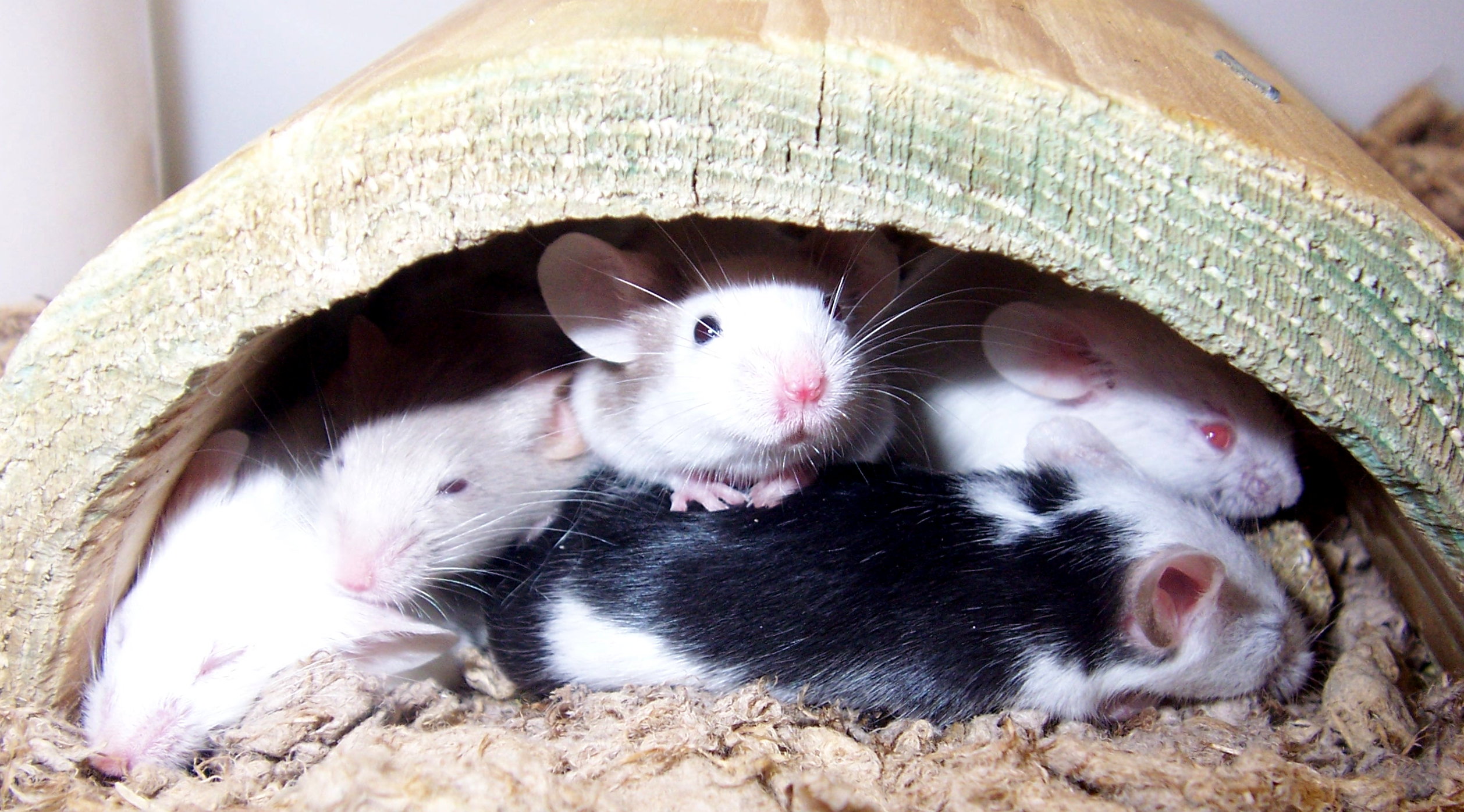Next to the discovery of fire and the wheel, the discovery of metals and the mastery of metalworking was arguably one of the most important advances for prehistoric humanity. Metal was far superior to rock, clay, wood or any other natural resource known to man in terms of strength and sharpness. Because of these properties, metal soon became a valuable commodity. It can be seen how much impact metal had on humanity’s history, considering that the stages of human prehistory were named after the type of metal (or lack thereof) that was mastered then: Stone Age, Bronze Age and Iron Age.
The discovery of metal came in two ways.
One was through mining, where prehistoric people discovered that shiny, hard objects were buried in the ground. They later discovered that with enough heat, they could melt the metal out of ores (copper and tin were the first metals to be gathered this way) and mould them into any shape. After smelting technologies developed, our ancestors found that mixing copper and tin produced bronze – a much stiffer and more durable metal than either of its components. A mixture of metals is called an alloy. This was the start of the Bronze Age. Bronze was extremely useful and people quickly came up with innovative ways of using it, such as farming equipment and weapons.
Some other metals used during this age were: gold, silver, lead and mercury. It is likely that gold was one of the earliest metals used as it comes in pure nuggets and is easily workable thanks to its chemistry. However, given that gold is rather soft and was treated more as jewellery than a practical metal, it was not used as much to advance technology.
The second way mankind came upon metals was in the form of “gifts from the gods”. A prime example is iron. Although the Iron Age began around 1200BC at the earliest, there are iron objects (mainly jewelleries) that have been dated back to 5000BC. How could this be? This was before mankind had the technology to smelt iron ores (which is more difficult and needs much higher temperatures than copper or tin ores), so the iron could not have been gathered through mining. The answer to this conundrum lies in meteorites. About 6% of meteorites contain iron and nickel, which prehistoric civilisations may have stumbled onto and taken the shiny pieces back to their tribe. The people would have considered the gathered iron a “gift from the gods”, as it had crashed down from the “heavens”. Because of this reason, iron was considered more valuable than gold or silver and was frequently used for jewellery. This is reflected in Arthur C. Clarke’s science fiction short story, The Songs of Distant Earth, where sentient sea scorpions hoard metal objects stolen from the humans and wear it proudly as a badge of honour.
The history of iron and how it was believed to be a gift from the heavens relates to a common superstition of how finding a penny (or any coin) represents good luck. As “metal” (mainly iron) was considered a holy gift bestowed unto mankind, finding a piece of metal was believed to be a blessing and some form of protection against evil. This is also represented in various traditions such as hanging horseshoes over doorways and wearing charm bracelets with metal on it.
Although it sounds like a silly superstition, it clearly shows how metals have been an integral part of the development of civilisation.










